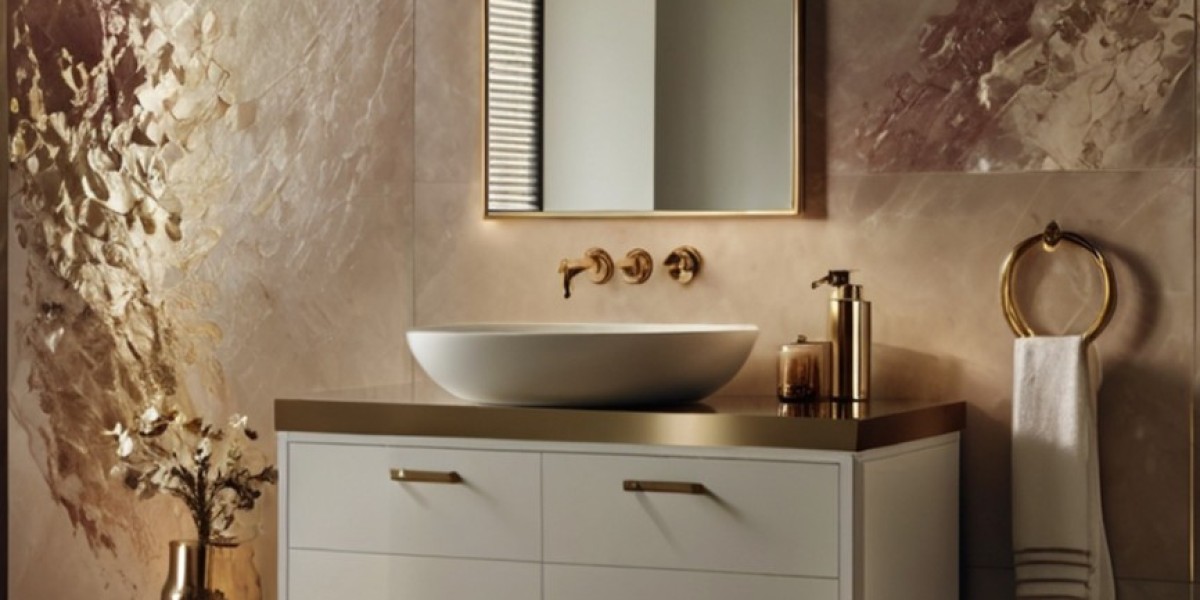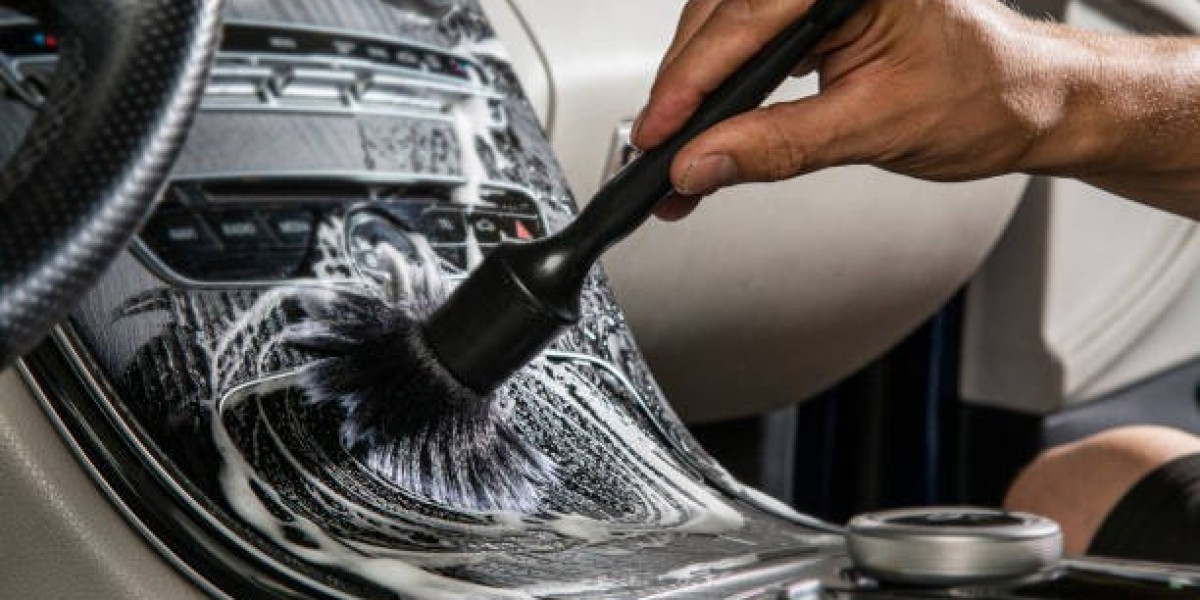Flush tanks are the unheralded heroes of contemporary bathrooms, working quietly behind the scenes to play a vital role in keeping bathrooms clean and comfortable. While they might not be the most glamorous aspect of a bathroom, knowing how flush tanks work, what types exist, and how to maintain them can assist you in making more informed choices for your home or building project. Here's all you need to know about flush tanks in 600 words.
What is a Flush Tank?
A flush tank, or cistern, is the water tank that sits behind or over a toilet. It is designed to store a certain amount of water, which is let out in a controlled fashion when the toilet is flushed. This instant release of water serves to dislodge waste from the toilet bowl and force it through the drain.
How Does a Flush Tank Work?
When you push the flush lever or button, a chain or lift arm lifts the flapper valve (or flush valve), and water shoots from the tank into the toilet bowl. The force of the water cleans the bowl and propels the waste through the pipes. When the tank is drained, a float mechanism falls, opening the fill valve. Fresh water later re-fills the tank and float again ascends, closing eventually the valve and stopping water flowing.
Essential elements inside a flush tank are:
Flapper valve or flush valve
Float ball or float cup
Fill valve
Overflow tube
Flush lever or button
They are all indispensable elements for having proper function within flushing system.
Flush Tank types
Gravity-Flush Tanks
These are the most popular. They use gravity to discharge water from the tank into the bowl. They're cheap, easy, and efficient.
Pressure-Assisted Tanks
These are used in most commercial toilets. They use pressurized air to push water into the bowl with additional force, which creates a stronger flush. They're louder but more efficient.
Dual-Flush Tanks
Dual-flush models have two buttons or handles: one for a full flush (about 1.6 gallons) and the other for a half-flush (about 0.8 gallons). These are well liked for conserving water.
Hidden or In-Wall Tanks
These are wall-mounted and accompanied by wall-hung toilets. They provide a clean, streamlined appearance and take up little space but are not self-flushing, need to be installed by professionals, and have access panels for maintenance.
Materials and Design
Today's flush tanks are constructed of plastic, ceramic, or vitreous china. Plastic tanks are economical and light, whereas ceramic provides durability and visual appeal. Tanks nowadays come in slim designs that fit contemporary bathroom designs, such as soft-close lids and customizable flush plates.
Water Efficiency and Environmental Impact
Water conservation has been a prominent consideration in flush tank design. Past models consumed up to 7 gallons per flush, whereas newer models consume as little as 1.28 gallons. Consider toilets with the Water Sense logo—these products are certified to be water-efficient and eco-friendly without sacrificing performance.
Common Issues and Maintenance
Flush tanks are relatively low maintenance, but sometimes problems do occur:
Running water (typically a clogged flapper or out-of-place float)
Weak flushes (frequently caused by low water level or plugged rim holes)
Leaky tanks (due to worn seals or cracks)
Most of these are easy to repair with low-cost parts from a hardware store. Checking for leaks, cleaning parts, and adjusting water levels regularly can extend the lifespan of your flush tank.
Conclusion
While too frequently forgotten, flush tanks play a vital role in a working, efficient, and clean bathroom. Knowledge of how they function, what kind to install, and how to maintain them informs homeowners to make informed decisions—whether they're building, remodelling, or just keeping their home in tip-top shape. From old-fashioned gravity tanks to modern dual-flush designs, the flush tank keeps adapting, providing features that resonate with both aesthetic tastes and eco-consciousness.
Resources:
https://reddestin.wordpress.com/2025/04/24/how-to-choose-a-sink-for-a-bathroom/
https://www.bloglovin.com/@letsmewatchthis/how-to-make-a-quality-bathroom-renovation









